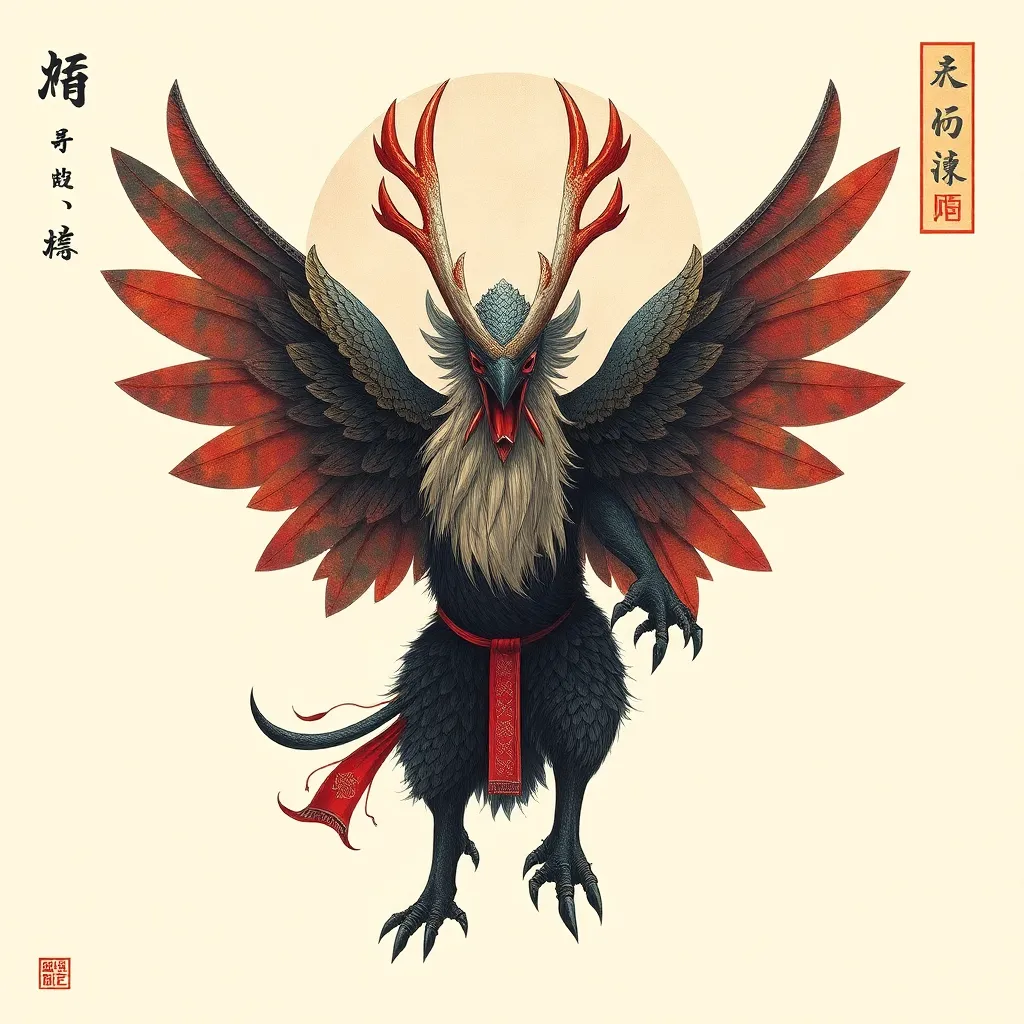The Hippogriff in South American Mythology: A Guardian of Lost Treasures
I. Introduction
The Hippogriff, a creature born from the imagination of ancient storytellers, embodies a fascinating blend of the majestic horse and the powerful eagle. Known for its grace and strength, this mythical being has captured the hearts of many across cultures and eras.
Mythology has played a crucial role in shaping the cultural narratives of South American societies, serving as a vessel for wisdom, moral lessons, and spiritual beliefs. Within this rich tapestry of folklore, the Hippogriff emerges as a significant figure, particularly in its association with lost treasures.
This article aims to explore the role of the Hippogriff in South American folklore, delving into its origins, symbolism, legends, and its fascinating relationship with the concept of lost treasures.
II. The Origins of the Hippogriff
The Hippogriff first appeared in European mythology, particularly in the works of notable poets like Ludovico Ariosto in the 16th century. Described as a creature with the body of a horse and the wings and head of an eagle, it symbolized the union of two powerful beings.
As European colonization spread to South America, these mythical creatures adapted and evolved within the indigenous narratives. The Hippogriff transitioned from its European roots to become a part of the rich folklore of South American cultures.
Key differences between the European and South American interpretations include:
- The Hippogriff in Europe often symbolizes chivalric ideals and heroism.
- In South America, it embodies the guardian of nature and treasures, reflecting indigenous beliefs.
- South American versions often incorporate local fauna and landscapes, enriching the myth with regional significance.
III. The Symbolism of the Hippogriff
The Hippogriff carries deep symbolism within South American mythology. It represents:
- Power and Protection: As a guardian of treasures, the Hippogriff is seen as a protector of the earth’s riches.
- Duality: The combination of horse and eagle signifies balance between the terrestrial and the celestial.
- Spiritual Connection: Indigenous beliefs often view the Hippogriff as a guide to the spiritual realm, bridging the physical and the mystical.
IV. Legends and Folklore Surrounding the Hippogriff
Numerous myths feature the Hippogriff as a guardian of lost treasures. These legends vary across regions in South America, contributing to a rich tapestry of stories:
- In the Andes: The Hippogriff is said to guard hidden gold from ancient civilizations.
- In the Amazon: Tales tell of adventurers who seek the Hippogriff to reveal the location of lost artifacts.
- Regional Variations: Different tribes have unique interpretations, such as the Hippogriff being a messenger of the gods.
Famous stories of adventurers often include encounters with the Hippogriff, leading to transformative experiences and moral lessons about greed and respect for nature.
V. The Hippogriff as a Cultural Icon
The Hippogriff has significantly influenced art, literature, and popular culture in South America. Its depiction can be found in:
- Art: Paintings and sculptures often showcase the creature in vibrant colors, symbolizing its mythical status.
- Literature: Modern authors have revived the Hippogriff in stories that blend traditional mythology with contemporary themes.
- Media: Films and television series have adopted the Hippogriff, reshaping its narrative for a global audience.
These modern interpretations highlight the Hippogriff’s enduring legacy and its relevance in contemporary folklore.
VI. The Relationship Between the Hippogriff and Lost Treasures
In South American cultures, treasures are often imbued with mythological significance. The Hippogriff plays a crucial role in these narratives:
- Protection and Revelation: It is believed that the Hippogriff protects hidden treasures and can reveal them to those deemed worthy.
- Moral Lessons: Tales of the Hippogriff often emphasize virtues such as humility, respect for nature, and the dangers of greed.
- Psychological Symbolism: The search for treasure reflects a deeper quest for meaning and connection to one’s heritage.
VII. Comparative Analysis with Other Treasure Guardians in Mythology
When comparing the Hippogriff to other mythical guardians, several similarities and differences emerge:
- Dragons: Like dragons, the Hippogriff serves as a guardian of treasures, but the former often symbolizes wrath, while the Hippogriff embodies grace.
- Griffins: Both share the avian and terrestrial duality, yet the Hippogriff is uniquely tied to South American identity and spirituality.
- Cultural Connections: The Hippogriff’s role as a treasure guardian resonates with various global myths, showcasing the interconnectedness of human storytelling.
VIII. Conclusion
The Hippogriff holds a significant place in South American mythology, serving as a guardian of lost treasures and a symbol of cultural identity. Its rich narrative reflects the values, beliefs, and history of the people who tell its tales.
As we explore and preserve these cultural narratives, the legacy of the Hippogriff continues to inspire new generations, reminding us of the power of myth to connect us to our past and guide us into the future.




